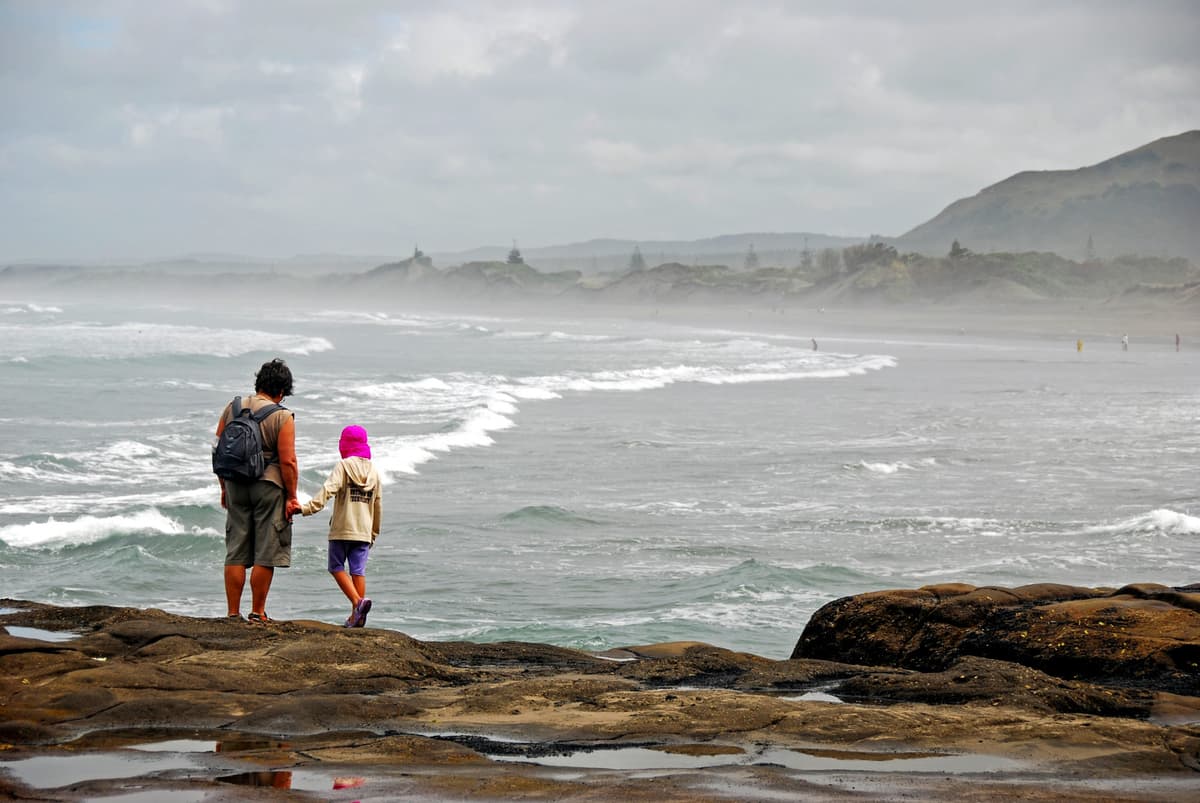

Posted on Thursday 13 October 2022
Risk and uncertainty are critical factors in business planning and resource consent decisions, but properly taking them into account is often difficult. Sustainable Seas Challenge researchers are investigating how tools that are already being used to make decisions around risk in the marine space can be further developed to be more holistic, and enable ecosystem-based management (EBM).
The Communicating risk and uncertainty project is working with iwi, stakeholders, investors, managers, and policy-makers to co-develop and test four tools that cover marine spatial planning, ecosystem services, and cumulative effects.
Project co-lead Joanne Ellis, a Senior Lecturer at University of Waikato, says risk assessments have traditionally looked at an individual sector and considered the risk of an activity – it might be offshore mining, fishing, or aquaculture – on its own.
“In an EBM context, we need to be aware of considering some new attributes when we are thinking about risk. In making decisions we need to be thinking about cumulative effects of multiple activities. On top of that, things like climate change might change those risk profiles or increase the uncertainty of our estimates.”
Ellis says the team was told early-on by stakeholders that they didn’t need to ‘reinvent the wheel’, but rather look at what’s already used and adapt it. An example is Bayesian networks, which are useful as they allow the cumulative effects of multiple stressors to be considered.
Fellow project co-lead Fabrice Stephenson, a Senior Research Fellow at University of Waikato, says the mahi is also helping bridge a gap in existing risk assessment techniques. Often those assessments will have an ecological element and a social element – but the two don’t inform each other.
“In reality, ecology and society aren’t independent of each other. So we’re trying to bring the two together so you can understand the implications of different management decisions for different values.”
He says there’s no single tool that will be able to be used to support an EBM approach
“We’ll probably need to use multiple tools, and the tools that are used will depend on users’ objectives.
Another tool the team is investigating is a new analysis that looks at the cumulative effects of climate change and fishing on the distribution of deep-water corals and how that information can be used for spatial planning. This tool also brings in the social elements required for decision-making.
The project is collaborating with other Sustainable Seas projects, such as Awhi Mai, Awhi Atu: Enacting a kaitiakitanga-based approach to EBM. The two projects are developing a habitat suitability index, to figure out where in Ōhiwa Harbour is most suitable for kuku (mussel) restoration.
Stephenson says the work with Awhi Mai, Awhi Atu is ground-breaking and will be a good example of integrating social, cultural, and ecological values in a single framework.
